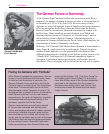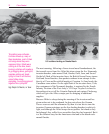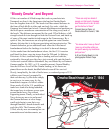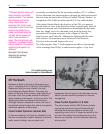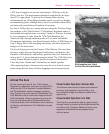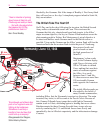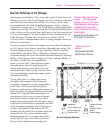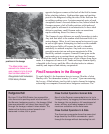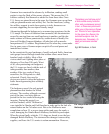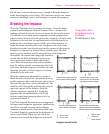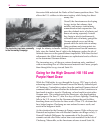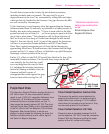
76
Close Combat
opposite hedgerow corners at the back of the field to immo-
bilize attacking infantry. Light machine guns and machine
pistols in the hedgerows along the sides of the field can fire
on soldiers seeking cover. An interconnected series of such
strongholds forms a forward defensive line, behind which the
Germans prepare a belt of battle positions with tanks and
assault guns to add muscle to counterattacks. In these ideal
defensive positions, small German units can sometimes
repulse attacking forces five times as large.
The German bocage defenses are equally hazardous to tanks.
Any tank that takes to the sunken roads between fields is in
serious danger. Often, it can’t turn around or traverse its gun
in such a tight space. Attempting to climb over the embank-
ment between fields will expose the tank’s vulnerable
underbelly to antitank weapons. Any tank crew unwary
enough to motor into an enclosure unprotected will be
blasted by antitank weapons. German 88-mm guns on the
main roads pose a constant threat, and since the Germans
have fortified the stoutly built stone houses of the villages along those
roads, it is dangerous to move at all. Tanks and troops remain equally
vulnerable in the bocage until the Allies develop tactics to enhance
mobility and improve tank-infantry cooperation.
First Encounters in the
Bocage
To reach Saint-Lô, the Americans have to traverse 20 miles of what
Bradley calls “the damnedest country I’ve seen.” Upon encountering
the bocage, Allied infantry tend to stick to tactics learned in training,
advancing two companies forward into a hedgerow enclosure. The
Hedgerow Hell
By June 10, the 29th Division has crossed the
river Aure and is pushing south into the heart of
the Norman hedgerow country—the
bocage
. Allied
planners estimate it will take a few days to fight
through the
bocage
; instead it takes weeks. The
distance the division pushes forward is not
measured in miles, but in yards.
“The Allied soldier never
seemed to be trained as we
were, always to try to do more
than had been asked of us.”
Obergefreiter
Adolf Hohenstein,
276th Infantry Division
Close Combat Operation: German Side
Now it is the German commander’s turn to try to
“change history” by bogging the Americans down in
the
bocage
. He can deploy a full complement of
armor, artillery, and heavy weapons to inflict
maximum casualties on the Americans.
Close Combat Operation: U.S. Side
The American commander faces the same chal-
lenge faced by the 29th’s commander—push
through the
bocage
without decimating his unit.
American GI's examining German
positions in the
bocage



